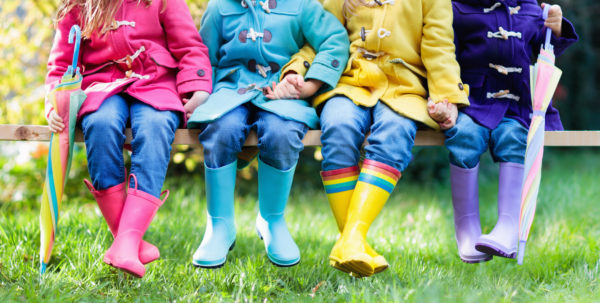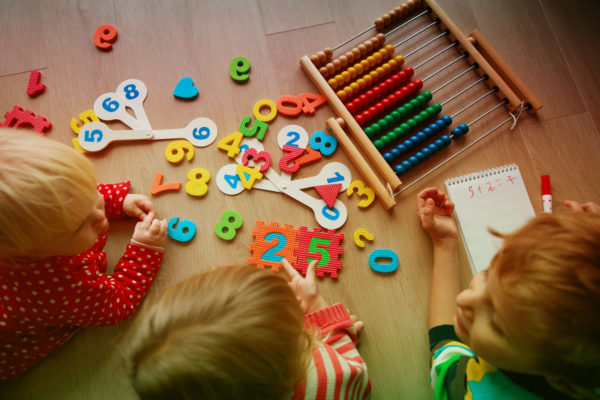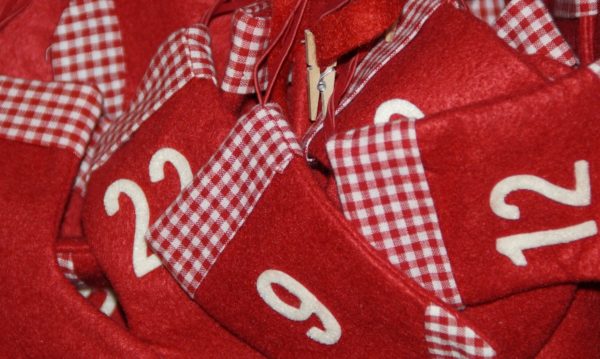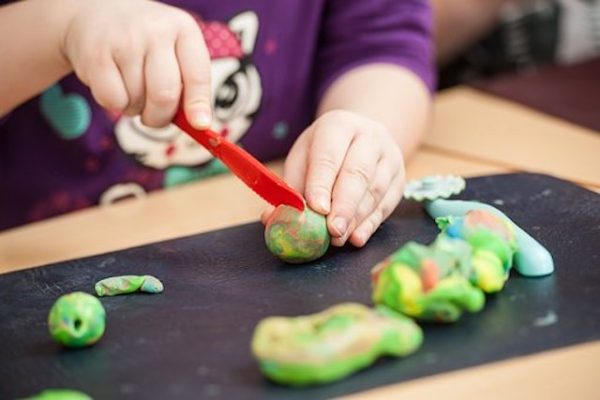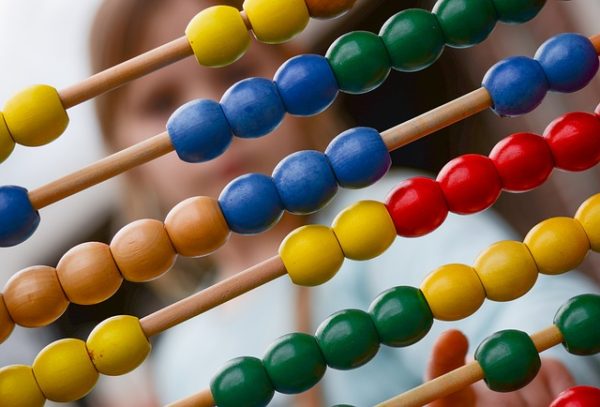Introducing Times Table Games and Multiplication in the Early Years
Learning the times tables is an inevitable part of growing up. We all remember the joys of trying to memorize the number facts and the constant quizzes at school to check our progress. By introducing times table games and multiplication in the early years, you will give your child a head start in understanding the concept of multiplication which will pay off in the years ahead!
Multiplication helps us count quickly!
First of all, we need to tackle the idea of what multiplication is and why it is useful. Early maths teaching always starts with counting so we need to introduce multiplication as a more efficient way of counting. Ask your child to count 20 objects and use a timer to check how long it takes them. Now, count those 20 objects in groups of two and ask your child to time you. How much quicker were you? Tell them that you are going to show them a great way to count things more quickly by using skip counting.
Step 1: Skip Counting
Skip counting is a very useful skill we can teach our children. Skip counting helps them to notice number patterns and they will eventually be able to relate these number patterns to multiplication facts. When children have mastered skip counting, as they get older, they will be able to use this skill to figure out the answer to multiplication facts that they can’t remember. You may know what 5 x5 equals but what if you can’t remember what 5 x 7 equals? Skip counting two more groups of five will give you your answer quickly.
Always start skip counting by 2s, 5s and 10s first. These are the multiplication times tables they will learn first. In the early years I use this Skip Counting worksheet to help learn how to master this skill. As your child gets more comfortable, you can progress to using a 100 grid, but this can be quite overwhelming to young children in the beginning as the numbers are very small. I use a laminated number grid so that we can reuse it for each number we practice skip counting. Colour in the numbers in each number pattern using a whiteboard marker. To skip count by twos, colour in 2, 4, 6, 8, 10 etc. Once coloured in, your child can start to recite the numbers forwards and backwards. Once they can do this comfortably, cover up the numbers they are skip counting with post it notes and see if they can recite these numbers without looking. You can also use number lines to help reinforce skip counting.
Step 2: Grouping Objects
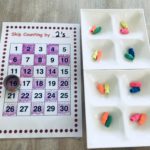
Grouping objects into equal groups can help facilitate skip counting.

Use a tens frame to sort objects into equal groups, this will make skip counting easier.
The next step to focus on is grouping objects into even numbers. Introduce the idea that multiplication relies on equal groups and is represented with a “x” sign. Multiplication by grouping is one of the first ways children are introduced to the idea and where they can truly conceptualize the meaning of the word. Using physical objects to do this is a natural method to utilize.
Start with an even number of objects and group by 2s. When grouping, arrange the objects in rows and columns so that they are easier to count. A sorting tray or a Tens Frame can be useful when grouping objects Use the number grid with the highlighted numbers to count the objects in pairs. Try out this method grouping in different ways. Group ten objects into groups of 2 and groups of 5. Equal groups practice is an easy, visual way of understanding the basics of multiplication.
Step 3: Multiplication as Repeated Addition
In the early years, children learn addition as their first computation. They understand the concept and are familiar with the mathematical signs, so harness this knowledge and explain that multiplication is another way to add equal groups. When there is an addition problem with equal groups (2 + 2 + 2), we can also think of it as a multiplication problem. Demonstrate using physical objects once again. Take six objects and group into twos. Below, write the addition sentence and answer. Underneath, write the multiplication sentence and introduce the language “three groups of two equals to six”
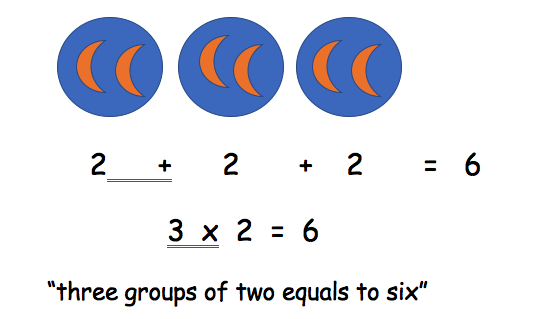
Try this strategy with numbers that can be grouped in different ways. Twelve can be grouped by twos, sixes, threes and fours. Experimenting with these types of groupings and relating it to repeated addition will encourage a deeper understanding of multiplication.
Introducing Times Table Games and Multiplication in the Early Years Works!
Times table facts should not just be something that children memorize. They need to understand number patterns, skip counting and grouping. These skills will help them not only to memorize their tables but it will also give them strategies to figure out answers quickly when they can’t remember them. As with most mathematical concepts, the best we can do as educators is to demonstrate the concept in real life situations through fun and engaging activities. Introducing times table games and multiplication in the early years will give your child a head start in the years to come!


